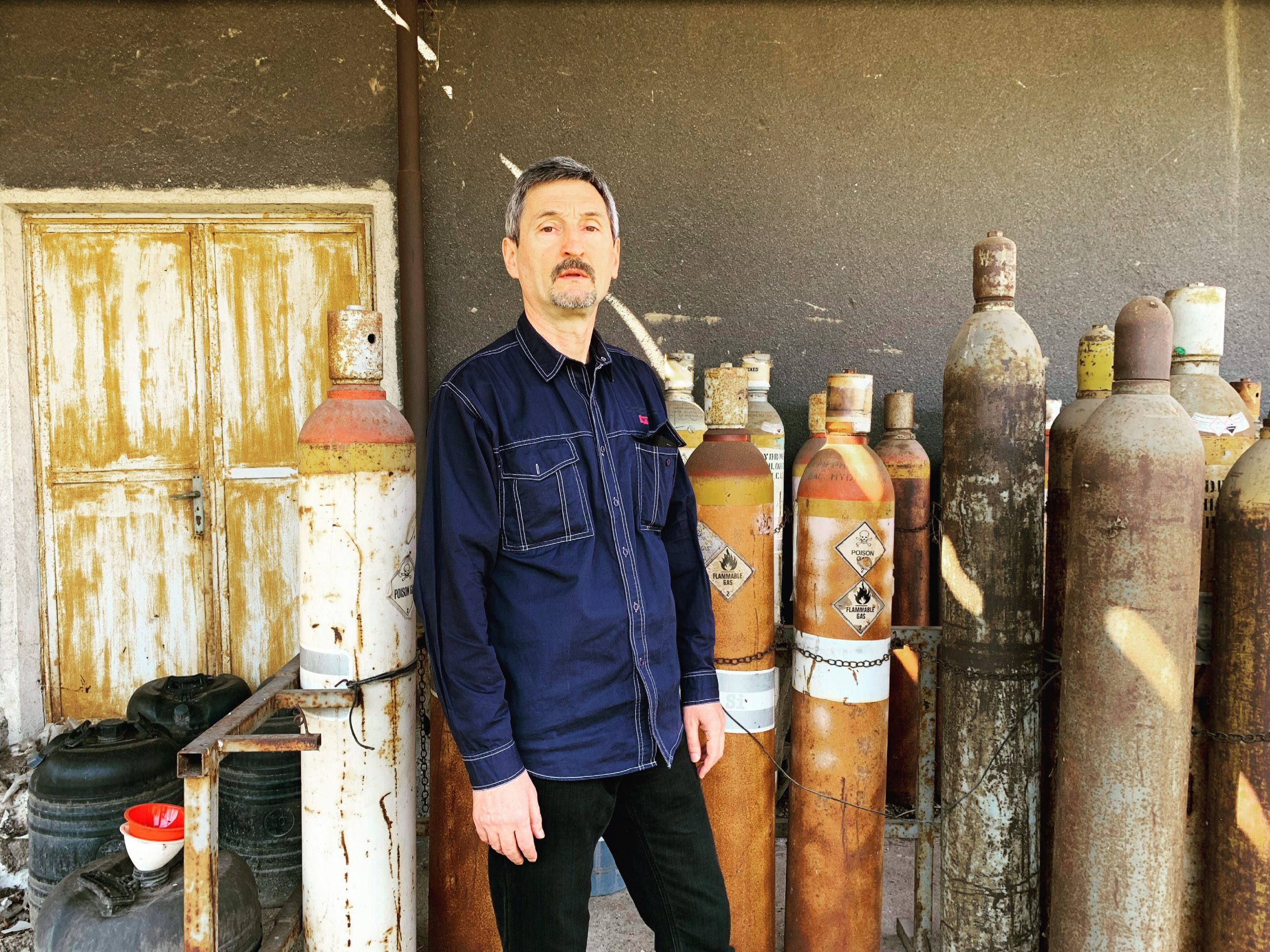Since 1989 and the fall of communist regimes in southeast Europe, industrial plants across the region have ceased activity and started to decay, releasing — or threatening to release — toxic substances into the air, soil and water.
Meanwhile, Balkan countries continue to produce toxic waste with little or no capacity to treat it. Some even import “western” waste. All of which has helped turn the region into “the garbage dump of Europe”, with the blessing of the European Union. The result is a time bomb for public health and the environment.
Rampant corruption and cronyism mean that authorities often ignore the problem — or pass it on to the next in line. Local communities pay the price of this negligence.
A cross-border team from Le Courrier des Balkans investigates the scourge of toxic pollution in Bulgaria, Montenegro, Serbia and Slovenia, showing the sheer variety of threats in the region.
Bulgaria has been an Eldorado for waste from rich EU states since 2014 when the country signed its first contract with Italian exporters. Such waste has long been burnt in obsolete power plants and cement factories lacking environmental controls. Some waste is simply “stored” — here, there and in the wild.
These storage sites, power plants and factories have one thing in common — they all seem to belong to energy mogul Hristo Kovatchki, considered one of the richest men in Bulgaria, with an empire estimated at around €750 million. The investigation shows that his wealth is obscured by numerous offshore front companies, a system often used to hide the real beneficiary of problematic if not illegal activity.
#Pollution | La #Bulgarie, devenue un eldorado pour les déchets en provenance des pays riches, n’en peut plus d’être la poubelle de l’Europe. Une enquête réalisée avec le soutien du @Ij4Eu et publiée conjointement sur @Mediapart – https://t.co/TacH5cQMt7 pic.twitter.com/k6Mt67UOfE
— Courrier des Balkans (@CdBalkans) December 29, 2020
In Montenegro, two artificial lakes of toxic red mud stand next to the Podgorica Aluminium Plant, cracking apart in this highly seismic area and threatening both the local people and the fragile ecosystem of Lake Skadar, one of the largest freshwater reserves in the Balkans.
Concentrations of poisonous heavy metals found in water wells and fields are up to 150 times above the legal limit. And for years, the threat has been compounded by the fraudulent privatisation and liquidation of the plant, a former jewel of Yugoslav industry that went bankrupt in 2013.
In Serbia, 300,000 tonnes of dangerous waste from Yugoslav times decay in factories that folded three decades ago, while the country produces 100,000 tonnes of new toxic waste each year.
With no capacity to retreat the waste despite prolific promises to Brussels, such poisons accumulate, stored unsafely or buried in illegal dumps. While the authorities turn a blind eye, it is a health and ecological catastrophe in the making.
In Slovenia, the eastern town of Krško is home to the only nuclear plant in former Yugoslavia — and the only one in the world whose management is shared between two states: Slovenia and neighbouring Croatia.
Launched under Yugoslavia’s communist regime, its reactor was supposed to run until 2023, but Ljubljana and Zagreb have decided to keep it going for 20 more years. The problem is that they haven’t figured out what to do with all the accumulated radioactive waste.
The investigation finds that impact studies have all been done by firms commissioned by the owner of the nuclear plant, not independent companies.
Cover image: Radiša Spasić stands in front of an Elektronska Industrija warehouse in Niš, Serbia. For years, the former chemist has been warning of the dangers of illegal storage of toxic waste on the site of the bankrupted jewel of Yugoslav industry. Photo by Simon Rico.
